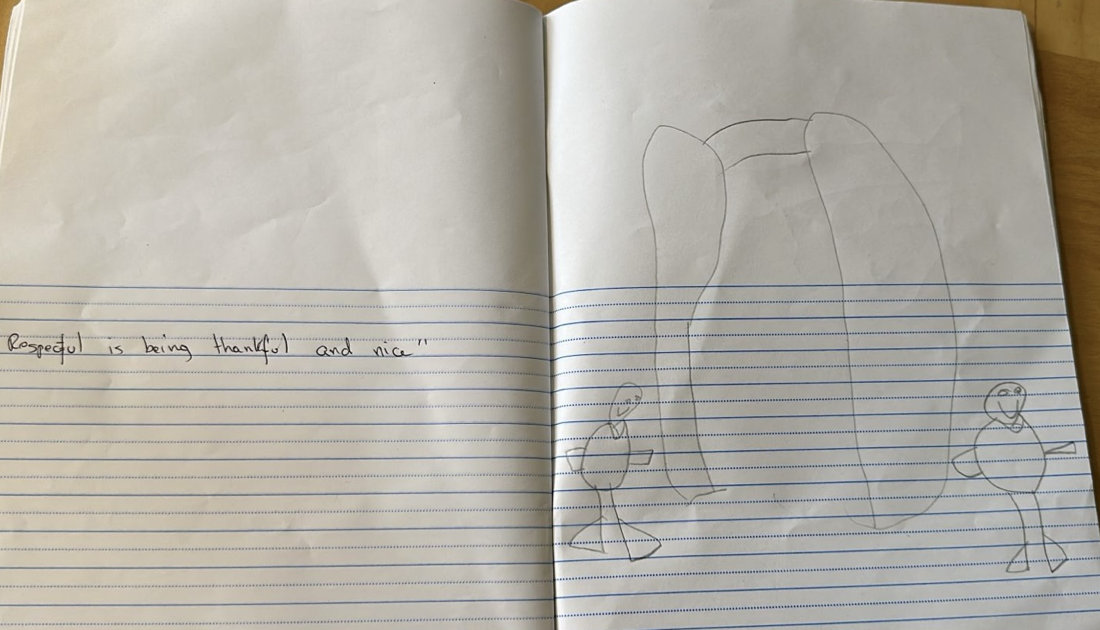|
Our journey of observing the growth of baby caterpillars everyday allows us to observe the real science of life. So far, it has been a really interesting learning experience for us. Some of the learning experience involve …
While observing the food for caterpillars, Lukah’s sense of smell has been uplifted by the mixture of soy and wheat. It is surprisingly enjoyable for us to play with the caterpillars, too. We learn that most caterpillars are perfectly safe to touch. Painted lady, like the ones we care for at the moment, is a common example. They do nothing more than tickle us when crawling which makes us giggle more. Our inquiry on caterpillars and butterflies invites us to interweave elements of observing, making it visible on what we have observed and experienced onto two-dimensional representations like our daily journals. Emily, unhesitatingly, exhibits her ability to care toward the caterpillar by letting it crawls around on her palm. Interactions with living species help us build a sense of connection with our environment. We take time to record our observations. The illustrations of the body parts closely magnify the caterpillar’s legs, like all insects. During friends’ sharing of words or thoughts, the caterpillars are portrayed as my family, sharing our blueberry (food) with them in other words feeding them, and another one which affirms our relationship with the caterpillar is help each other. It is obvious how we translate respect through a situational context. For example, with our growing interest in writing or drawing letters to each other, we write the recipients name on the outside, leave messages, prior to us receiving them in the mailbox. This whole process sparks our further interest in literacy. Margo is observed to frequently visit her mailbox. She diligently writes to Mom, grandma, sometimes herself or friends. It is a delight to notice this connection between drawing and writing in our everyday stories. We too attempt to represent each phase of the butterfly life cycle through an art learning experience. The parts of the body are to be uniquely identified with some loose parts that correlate. Beyond the scientific connections, having living creatures around us also provides learning opportunities for social learning around respect, responsibility, care-giving, and self-regulation. We encourage our sense of empathy for animals by promoting the wellbeing of Bluey, our beta fish, in our care. Fish may seem easy to look after with some responsibilities such as cleaning and caring. We learn how often Bluey needs to be fed, how often the tank needs to be cleaned and how to properly handle fish. Through our positive experiences with animals, we can learn to care about others, develop a sense of responsibility and recognize the need of animals including humans. Caring for others such as opening the door or mentioning after you, as Vivaan describes, is indeed a respectful act which goes a long way. The appreciation toward respect can involve many different ways for a lifetime. Kindest,
Children & Friends.
0 Comments
Leave a Reply. |
No part of this publication may be reproduced, distributed, or transmitted in any form or by any means, including photocopying, recording or any other electronic or mechanical methods, without the prior written permission of the publisher.
Archives
July 2024
|











